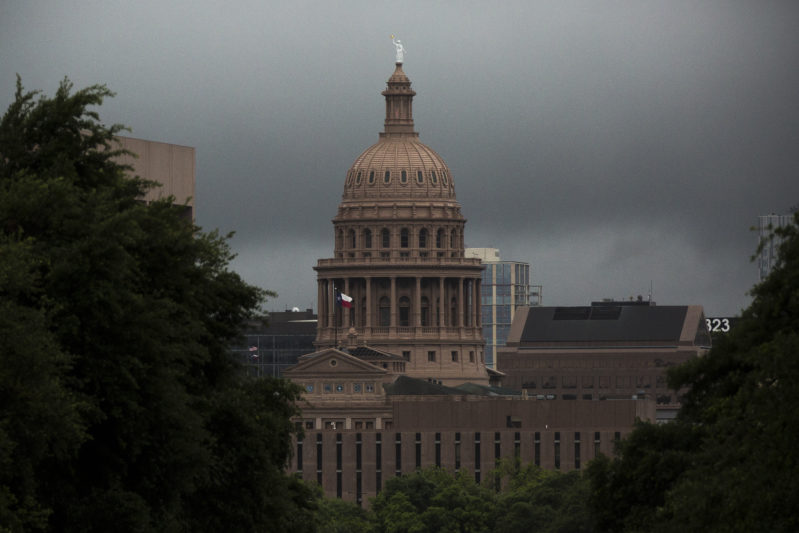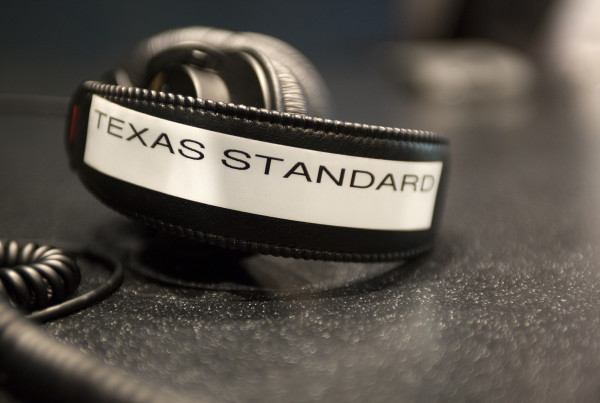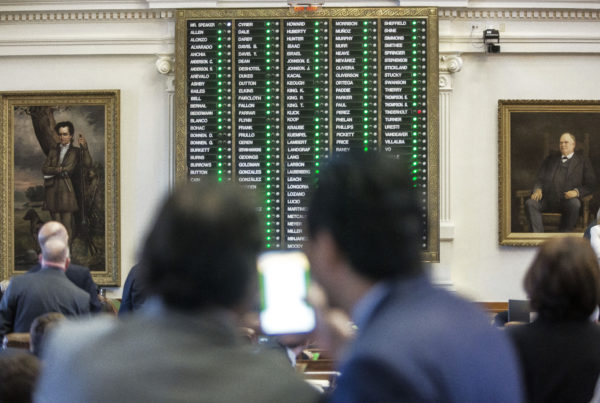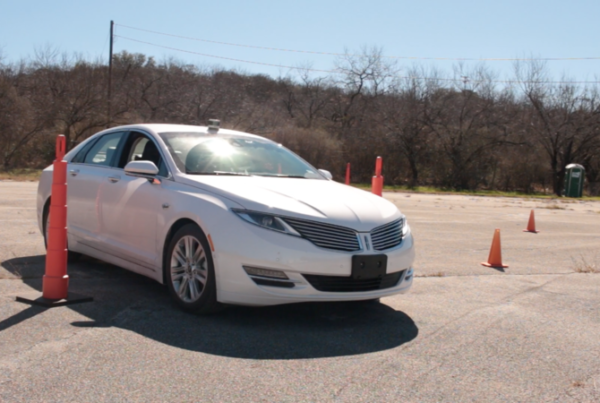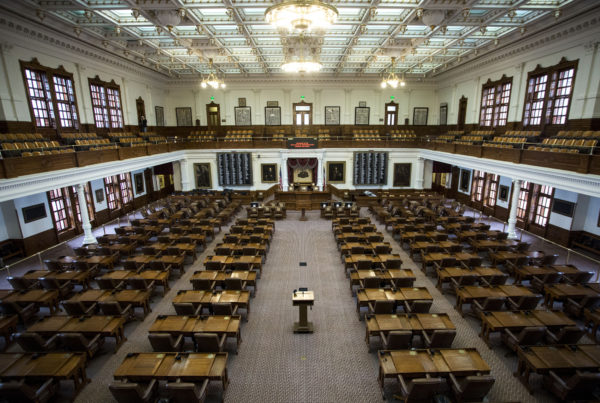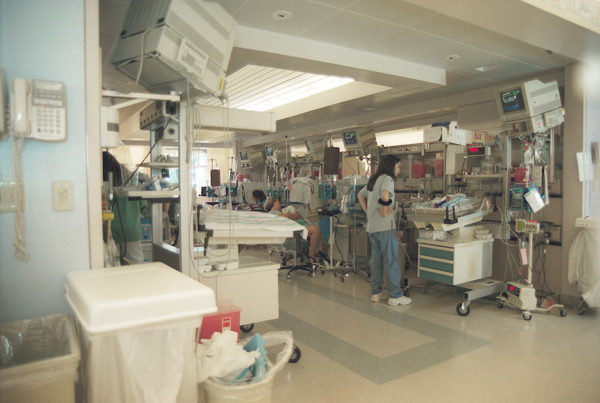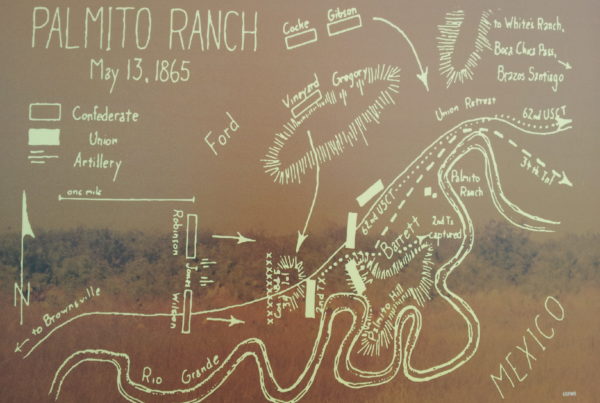It won’t be the budget that sends the Texas Legislature into a special session, if there is one. This weekend the two chambers approved a $217 billion, two-year budget.
The budget is the one piece of legislation that lawmakers are required to pass before the close of each legislative session.
“It grows overall spending by less than 1 percent. [It’s a] pretty tight budget,” says Bob Garrett, an Austin Bureau reporter for The Dallas Morning News.
About $1 billion of the budget comes from the Rainy Day Fund, the state’s savings account.
Garrett says that using a small portion of the nearly $12 billion in available Rainy Day money marked a compromise between the House and the Senate.
The budget boosts funding to Child Protective Services.
“[CPS] was one of the clear winners,” Garrett says of the more than $500 million in additional funds to the agency, which will allow it to hire 600 new employees.
“They have a new lease on life to try and get turnover down and improve investigations on the front-end and improve foster care on the back-end,” he says.
Democrats criticized the budget as a missed opportunity to fund public schools.
“[Lt. Gov. Dan Patrick] and the Senate demanded a school voucher-type experiment and the House said no,” Garrett says. “The Senate and Patrick made extra school funding the price of that.”
While the budget includes funding to cover growing public school enrollment across the state, it reduces state school funding by nearly $1 billion, which will be offset by local property taxes.
“[Lawmakers] are shifting the burden increasingly to local property taxpayers for schools and that’s the real driver for unhappiness about property taxes,” Garrett says.
Written by Molly Smith.


